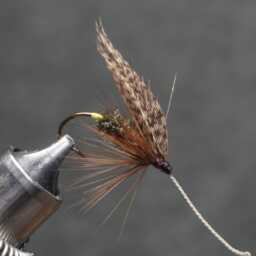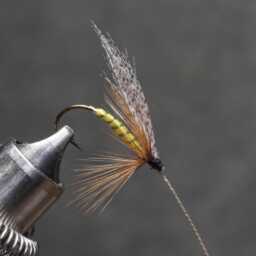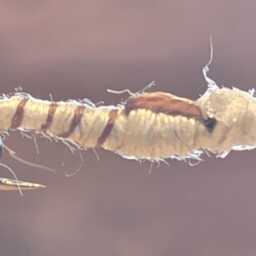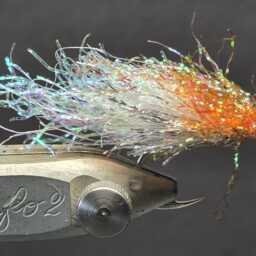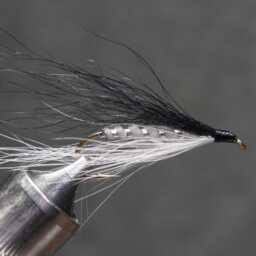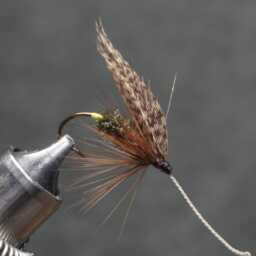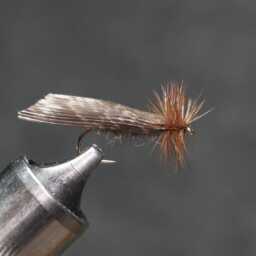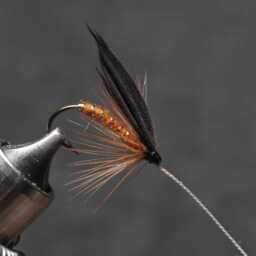Temminck’s tragopan (Tragopan temminckii) is a medium-sized pheasant found in the genus Tragopan. It measures approximately 64 cm in length. The male is striking, with a stocky build and red-and-orange plumage adorned with white spots. It features a black bill, pink legs, bare blue facial skin, an inflatable dark-blue lappet, and horns as part of its display. Females, on the other hand, are brown with white spots and have blue circular eye skin.
This species is similar in appearance to the satyr tragopan, but differs notably with its entirely red upperbody plumage and an orange collar. The diet primarily consists of berries, grass, and various plants. Temminck’s tragopan inhabits the mountainous regions stretching from far northeast India, through central China, to far northern Myanmar and northwestern Tonkin.
Despite its somewhat less renowned status compared to the Satyr, Temminck’s tragopan is widespread and common throughout its extensive habitat range. As a result, it holds a status of Least Concern on the IUCN Red List of Threatened Species. The bird’s common name and Latin binomial commemorate the Dutch naturalist Coenraad Jacob Temminck.
Temminck’s tragopan has gained recognition among Victorian fly tyers for its distinctive orange-red feathers, which are darker than those of the Satyr. These feathers, adorned with white dots surrounded by black, are highly prized for their use in Victorian flies, whether for classic or artistic patterns. Their unique shape, reminiscent of gray-white water drops, makes them particularly sought after for tying Streamers and other fly patterns.
« Back to Glossary Index
